16 American Lake Fish That Taste Better Than Restaurant Salmon
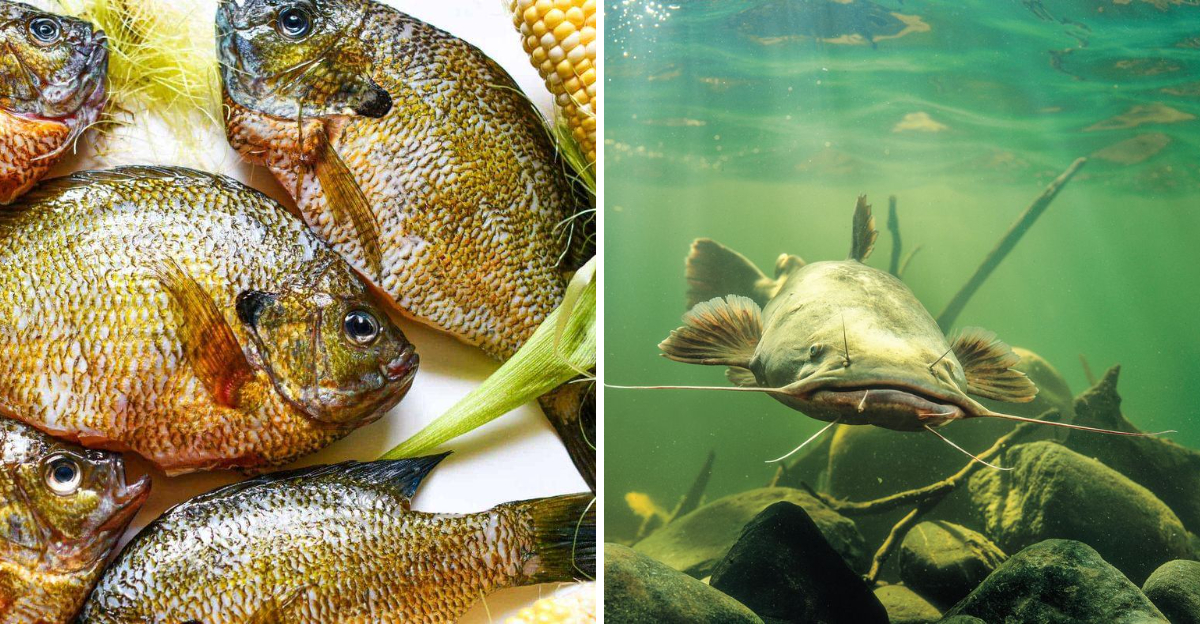
Explore the rich and diverse flavors of American lake fish that offer a delightful alternative to restaurant salmon. From the buttery texture of Walleye to the bold taste of Bowfin, this guide highlights 16 species that stand out for their exceptional taste and culinary versatility. Each fish brings a unique flavor profile and cooking potential, making them worthy contenders for your next meal.
1. Walleye (Great Lakes & Upper Midwest)
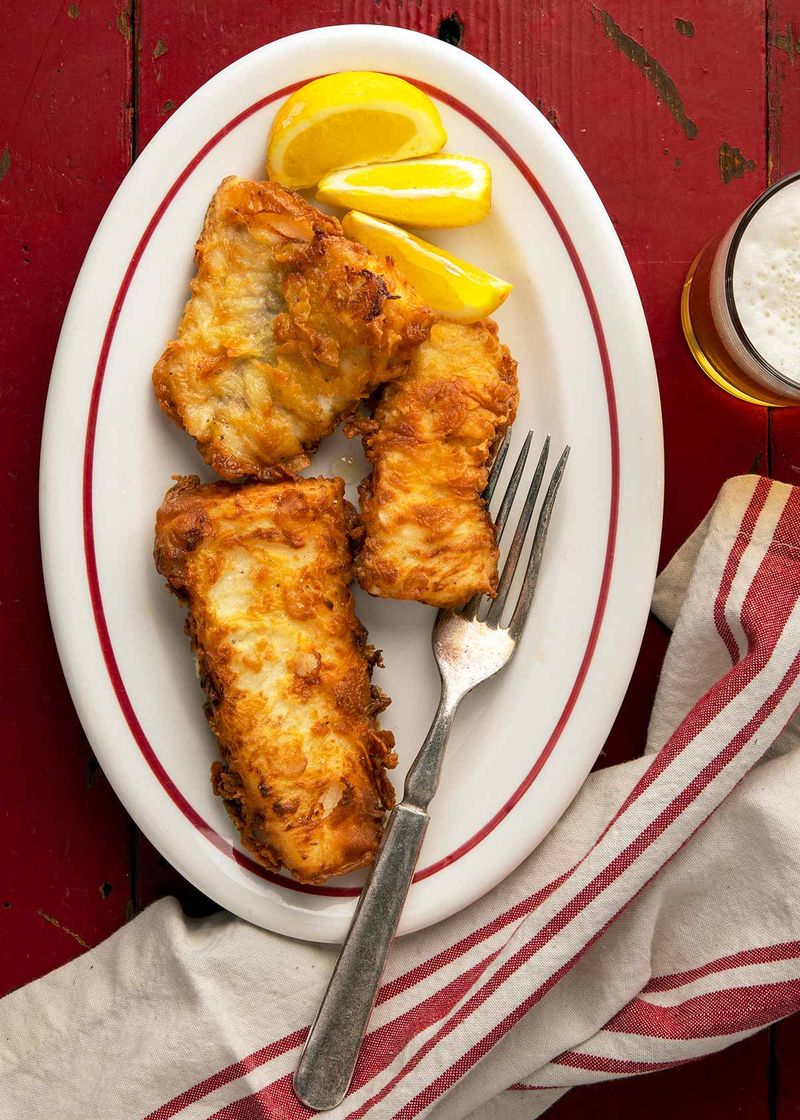
Walleye is renowned for its mild, buttery, and flaky texture that makes it a favorite in the Midwest fish fries. Just some light breading and a hot skillet can elevate this fish to gastronomic glory. Its subtle flavors blend effortlessly with various culinary techniques. Known as the ‘king of Midwest fish fries,’ its delicate taste is unforgettable. Whether pan-fried or baked, its ease of preparation and exquisite taste make it a coveted catch. The nostalgia of a family gathering with Walleye at the center is irreplaceable, making it a must-try for fish enthusiasts and culinary explorers alike.
2. Yellow Perch (Great Lakes Region)

Yellow Perch delights with its sweet, delicate, and quick-cooking nature, offering a taste that surpasses many restaurant salmon dishes. Its tender, flaky flesh is ideal for pan-frying or including in vibrant fish tacos. This fish is especially favored for its easy adaptability to various recipes. Its succulent flavor is cherished by both local anglers and gourmet chefs. The simplicity of preparation coupled with its exquisite taste makes it stand out. A true testament to the culinary treasures of the Great Lakes, Yellow Perch is a delightful experience for the palate.
3. Bluegill (Throughout the Midwest & South)
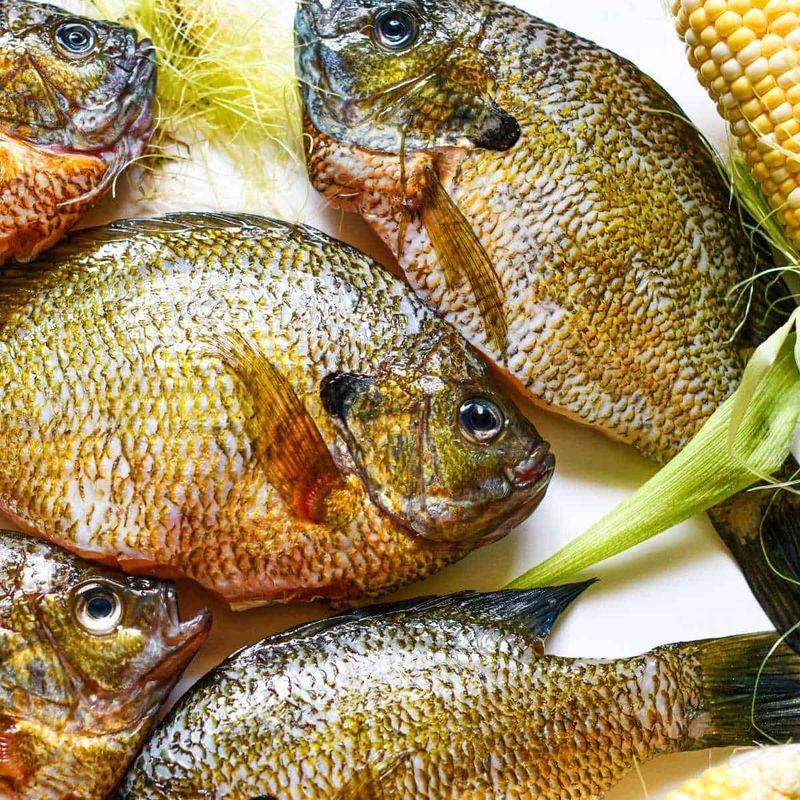
With its sweet, nutty flavor and satisfying flake, Bluegill is a tiny but mighty contender, often evoking memories of childhood fishing trips. Its taste is revered in many southern kitchens, offering a nostalgic culinary journey. Although small, its meat is tender and flavorful, making it a beloved staple. The patience of cleaning Bluegill is rewarded tenfold by its delightful taste. A sprinkle of seasoning and a quick fry, and you have a dish that’s as rich in memory as it is in flavor. This fish’s enduring appeal lies in its simplicity and robust taste.
4. Crappie (South & Midwest Lakes)
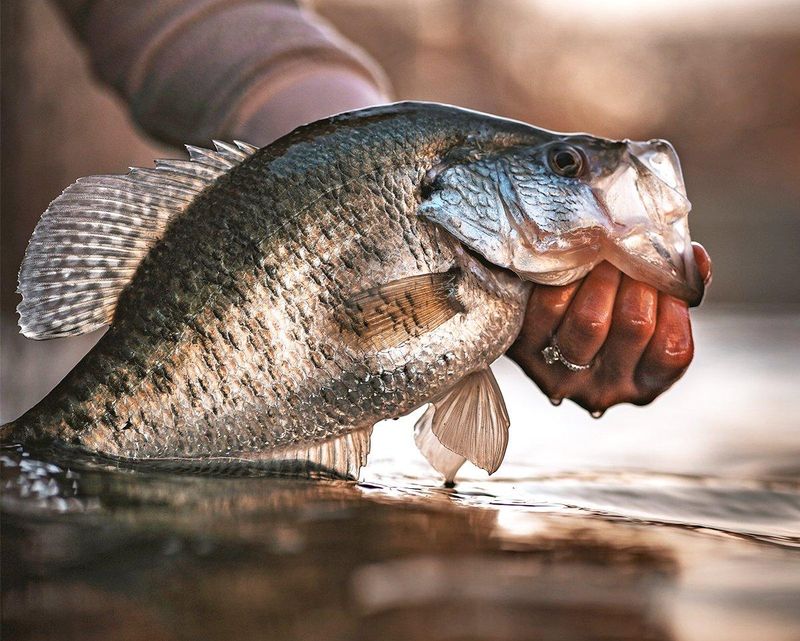
Crappie’s soft texture and mild taste make it a prized catch for those in the know. When fresh, it offers a culinary experience that rivals any flaky white fish. Its versatility in cooking methods, from frying to grilling whole, enhances its appeal. The joy of a well-prepared Crappie dish lies in its simplicity and freshness. Anglers often celebrate its subtle flavors at lakeside gatherings, where it’s cooked to perfection. Crappie’s humble yet flavorful nature makes it a hidden gem in American waters, waiting to be discovered by adventurous palates.
5. Lake Trout (Great Lakes, Northeast)

Lake Trout offers a robust flavor profile that sets it apart from the more common salmon. Its bold, meaty taste is best enjoyed when smoked or grilled with a citrus rub. This fish’s rich texture and intense flavor make it a beloved choice among those who savor hearty meals. Whether prepared in a smoker or over an open flame, Lake Trout delivers a memorable dining experience. Its presence on the table is often a signal of a feast. For those who enjoy a strong, distinctive fish, Lake Trout is a culinary treasure.
6. Whitefish (Lake Michigan & Beyond)
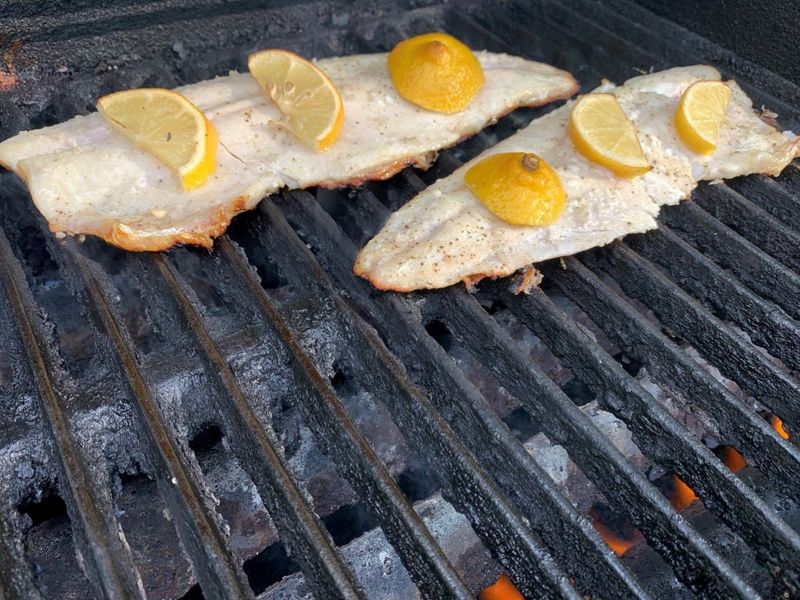
Whitefish is known for its firm, rich, and versatile nature, making it a staple in both smoked spreads and pan-seared fillets. Its mild flavor provides a perfect canvas for culinary creativity. Whether smoked to enhance its natural richness or seared to achieve a crispy exterior, Whitefish never disappoints. This fish’s adaptability to different cooking styles is matched by its ability to absorb flavors beautifully. It stands as a testament to the culinary potential within Lake Michigan’s depths. Whitefish’s appeal lies in its understated elegance and taste.
7. Chain Pickerel (Eastern Lakes)
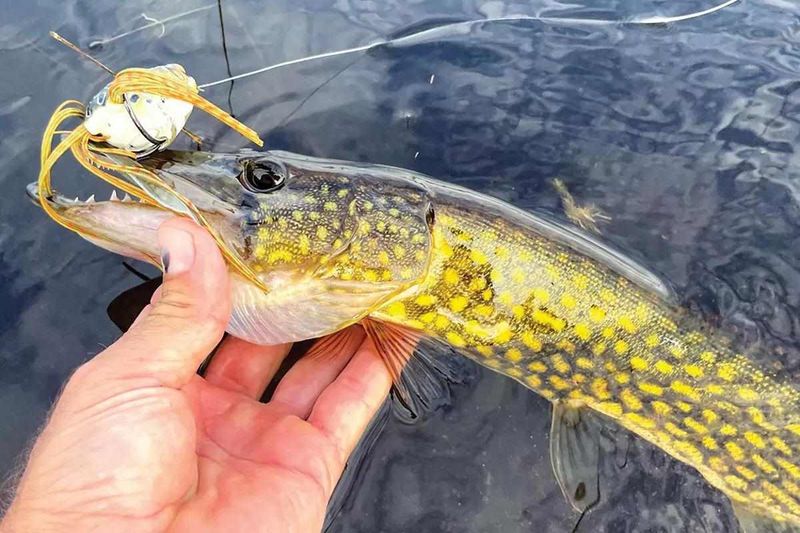
Chain Pickerel is often overlooked due to its lean and bony structure, yet it surprises with its clean, pleasant taste. This fish provides a wild, natural flavor that’s refreshing and unique. Its firm texture makes it suitable for various cooking methods, from grilling to baking. While bones may pose a challenge, the taste is well worth the effort. Preparing a Chain Pickerel dish is an adventure that rewards those willing to try something different. It epitomizes the untamed essence of America’s eastern waters, making it a worthy culinary exploration.
8. Northern Pike (Northern Lakes)
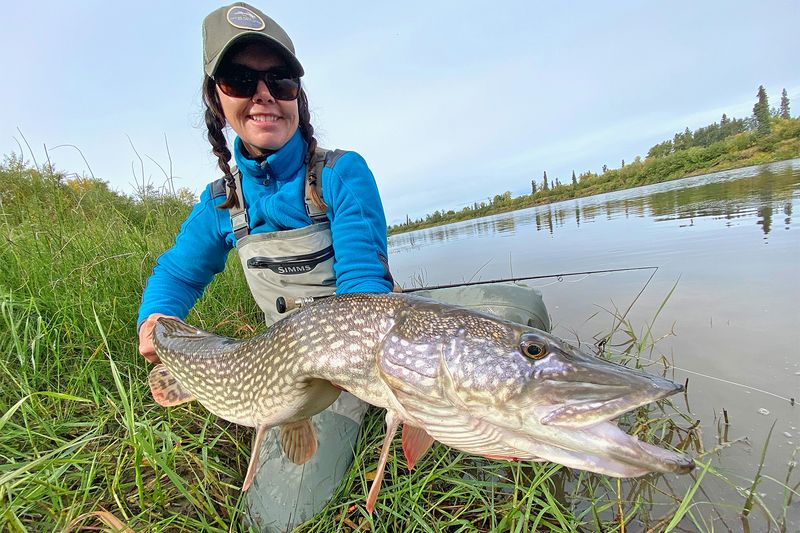
Northern Pike is known for its flaky, firm, and slightly sweet flesh, offering a taste that’s both distinctive and satisfying. Some describe it as walleye with more personality. Its culinary versatility allows it to be enjoyed fried, baked, or made into delicious patties. Anglers cherish the thrill of catching this formidable fish, often leading to hearty meals that celebrate its unique flavor. Its presence at the table is a nod to the northern lakes’ bountiful offerings, providing a dish that’s as exciting to prepare as it is to eat.
9. Channel Catfish (Southern Lakes & Rivers)
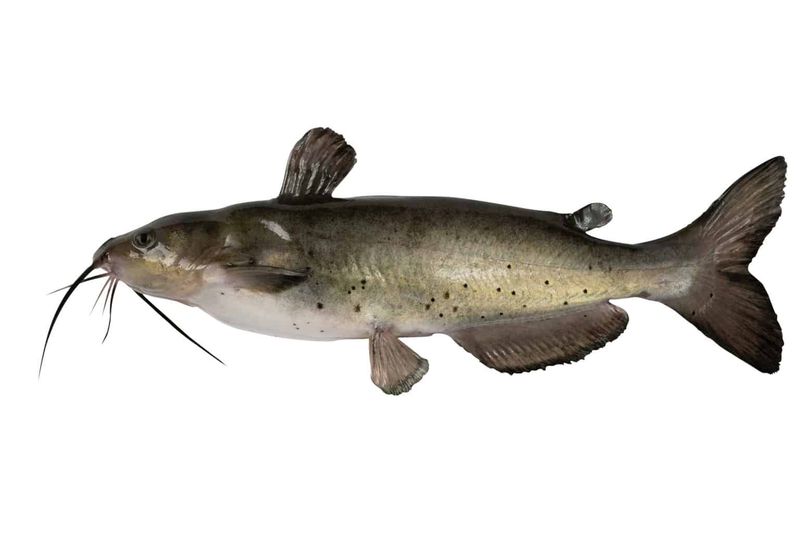
Channel Catfish boasts a rich, hearty flavor that’s a staple in southern kitchens. Its down-home taste is best enjoyed when cornmeal-crusted and fried, offering a delightful crunch. This fish’s robust texture and flavor make it a favorite for family gatherings and fish fries. Its adaptability to various spices and cooking techniques further enhances its culinary appeal. A meal centered around Channel Catfish is a true celebration of southern hospitality and flavor. Its enduring popularity is a testament to its delicious taste and cultural significance.
10. Flathead Catfish (Midwest & South)
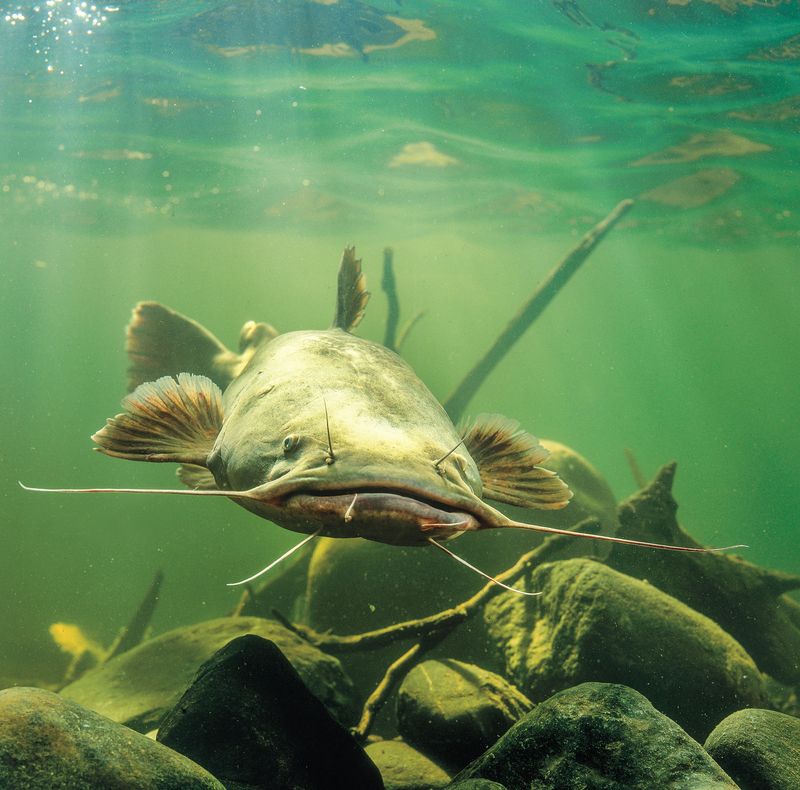
Flathead Catfish is celebrated for its meaty and sweet flavor, surpassing even the Channel Cat in richness. Grilled with a smoky rub, it holds its own on any plate, offering a taste that’s both bold and satisfying. This fish’s substantial texture and flavor make it a prized catch among anglers. Cooking a Flathead Catfish is an opportunity to explore its culinary potential, whether smoked, fried, or grilled. Its presence on the dinner table is a nod to the bounty of America’s waters, providing a meal that’s both hearty and delicious.
11. Pumpkinseed (Northeastern Lakes)
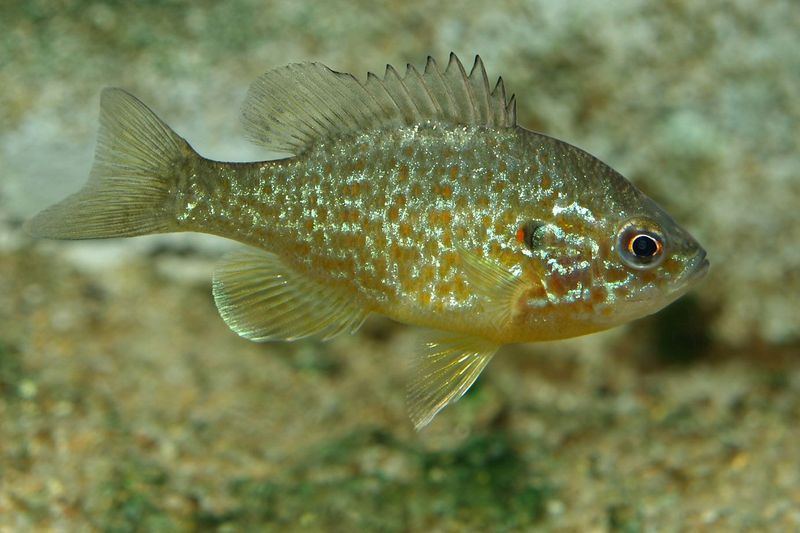
Pumpkinseed is a small panfish with a colorful appearance and mild, tender meat that makes it a delightful catch. Known for its visual appeal, it delivers a taste that’s subtle yet satisfying. Cleaning Pumpkinseed requires patience, but the reward is a dish that’s as pleasing to the eye as it is to the palate. Its tender flesh is perfect for quick frying, capturing the essence of a fresh lake meal. This fish embodies the beauty and flavor of northeastern waters, offering a culinary experience that’s both charming and delicious.
12. Sauger (Great Lakes & Mississippi River Basin)

Sauger, often overshadowed by its cousin the walleye, offers a slightly firmer bite and great flavor, especially when smoked or broiled. Its taste is a blend of subtlety and richness, making it a versatile ingredient for various dishes. The experience of catching and cooking Sauger is a rewarding adventure, cherished by both anglers and chefs. Its presence in the kitchen signals a meal that’s both satisfying and flavorful. This fish’s unique taste profile makes it a standout choice for those exploring the culinary diversity of the Great Lakes region.
13. Bowfin (Southern Lakes & Backwaters)
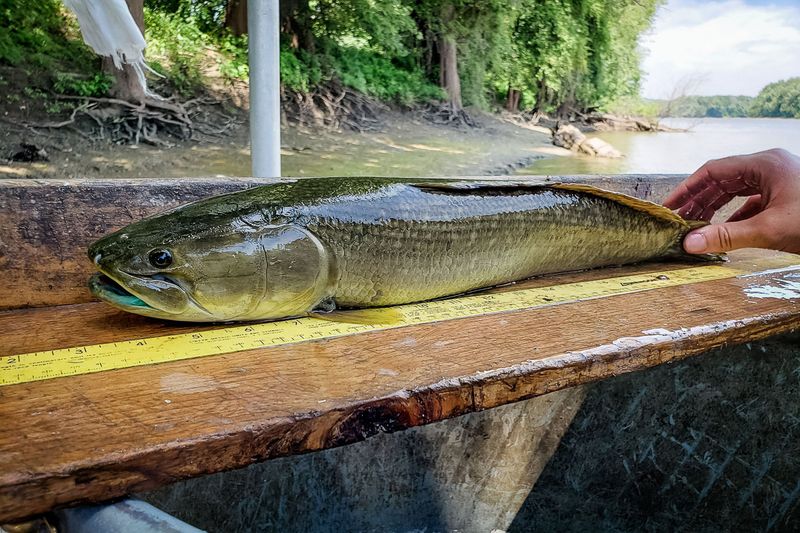
Bowfin, with its gamey, firm texture, offers a surprisingly tasty experience when fresh. Though not for everyone, fans swear by its deep, wild flavor. Its ancient lineage adds a touch of history to any meal, making it a unique dining experience. Cooking Bowfin requires a touch of creativity, as its bold taste benefits from innovative seasoning and preparation methods. This fish is a testament to the rich biodiversity of southern waters, providing a meal that’s as intriguing as it is delicious.
14. Largemouth Bass (Nationwide Lakes)
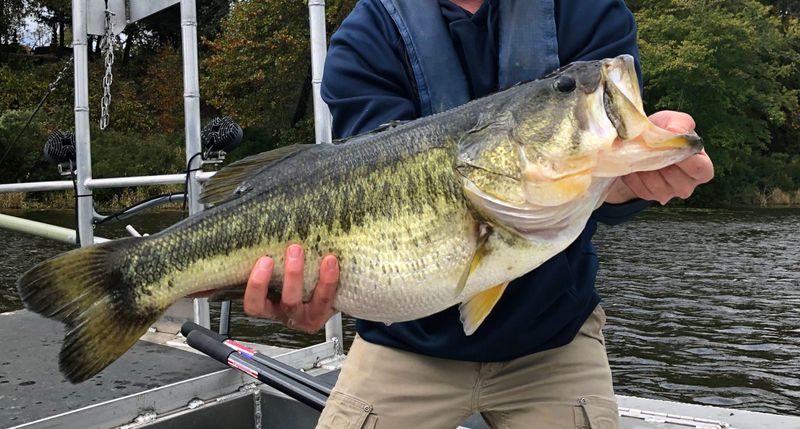
Largemouth Bass offers a firmer and richer taste compared to crappie or perch, often served grilled or blackened with lemon and herbs. Its robust flavor and texture make it a favorite among anglers and chefs alike. The thrill of reeling in a Largemouth Bass is matched only by the joy of preparing it for a meal. Whether enjoyed as part of a lakeside barbecue or a gourmet dish, this fish never fails to impress. Its presence in nationwide lakes ensures a widespread appreciation for its culinary potential.
15. Smallmouth Bass (Cooler Northern Lakes)
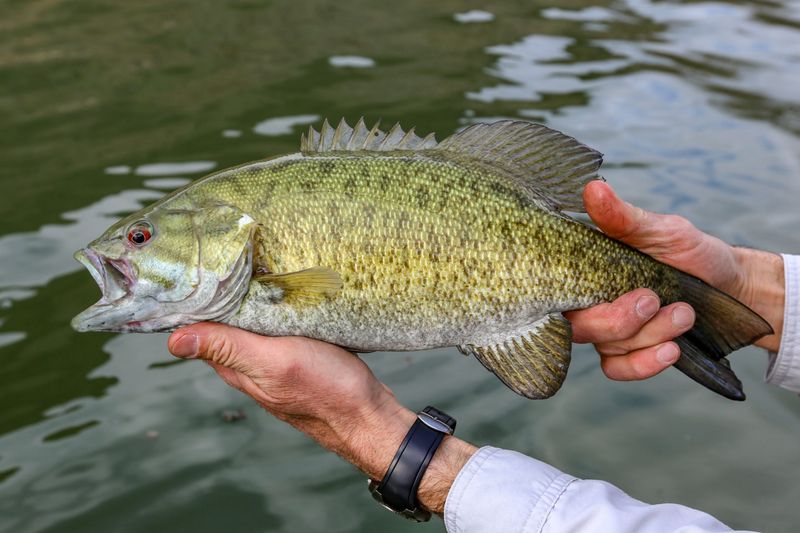
Smallmouth Bass is sweeter and more delicate than its largemouth counterpart, making it ideal for tacos, sandwiches, or butter-fried dishes. Its refined flavor profile and tender texture are a testament to the cooler northern lakes’ pristine conditions. Anglers prize this fish for its fighting spirit as much as its taste. Preparing Smallmouth Bass offers a chance to explore a variety of culinary possibilities, each bite a celebration of northern waters’ bounty. Its taste is as refreshing as the lakes it calls home.
16. Carp (If You Know What You’re Doing)
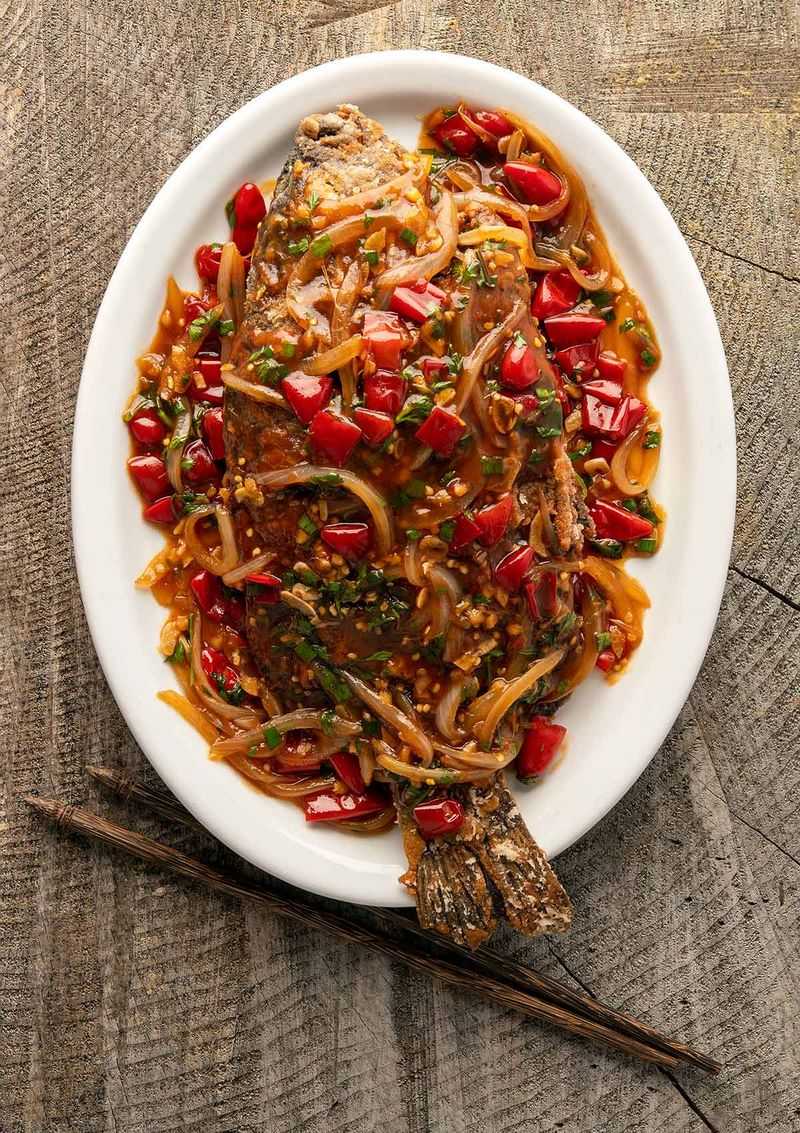
Carp, often underestimated, boasts a wild and earthy flavor that transforms when cleaned properly and smoked or stewed. It offers a culinary challenge that rewards the adventurous with a surprisingly delicious dish. Despite its reputation, Carp has a rich history as a staple in various cultures around the world. Proper preparation is key to unlocking its full potential, turning a humble fish into a gourmet delight. Its presence in American lakes is a testament to the diverse culinary possibilities found in local waters.
